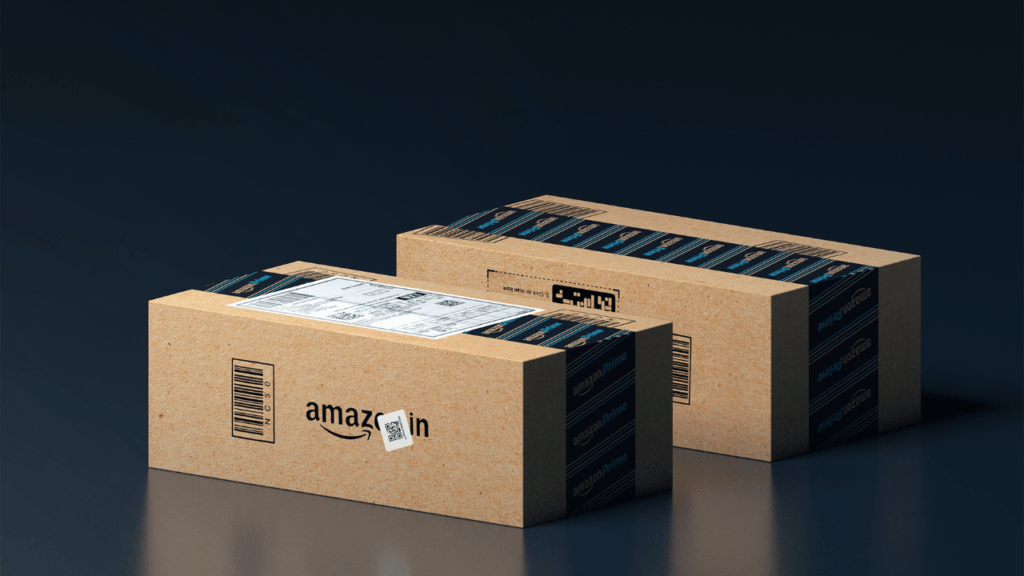FAQ
Selling on Amazon without inventory is possible through a program called Amazon FBA (Fulfillment by Amazon). With FBA, you can list products on Amazon’s marketplace, and when they sell, Amazon handles the storage, packaging, and shipping of the products directly to the customers.
Amazon FBA works in a few simple steps. First, you create a seller account on Amazon and set up your FBA preferences. Then, you send your inventory to Amazon’s fulfillment centers. When a customer places an order, Amazon picks, packs, and ships the product on your behalf. They also handle customer service and returns. You receive payment for your sales, minus Amazon’s fees.
To start selling on Amazon without inventory, you need to follow these steps:
- Create an Amazon seller account.
- Research products and identify profitable opportunities.
- Find suppliers or manufacturers who offer dropshipping services.
- Set up your product listings on Amazon’s marketplace.
- Optimize your product listings with compelling descriptions, high-quality images, and relevant keywords.
- Drive traffic to your listings through marketing and advertising strategies.
- When a customer makes a purchase, forward the order details to your supplier for fulfillment.
- Ensure the supplier ships the product directly to the customer’s address.
- Monitor your sales, customer feedback, and manage any necessary customer support.
Selling on Amazon without inventory has several advantages, including:
- No need to invest in or manage inventory, reducing upfront costs and operational complexities.
- Access to Amazon’s vast customer base and global marketplace.
- Amazon handles fulfillment, shipping, and customer service, saving you time and effort.
- The ability to focus on product research, marketing, and growing your business rather than inventory management.
While selling on Amazon without inventory offers many benefits, there are a few potential downsides to consider:
- Lower profit margins compared to traditional retail models due to fees charged by Amazon.
- Limited control over the fulfillment process, as it relies on suppliers or manufacturers.
- Potential issues with product quality, shipping delays, or inventory availability if not managed properly.
- Competition from other sellers, as the barrier to entry is relatively low.
To increase your chances of success, follow these tips:
- Conduct thorough market research to identify profitable products and niches.
- Choose reliable suppliers or manufacturers who offer quality products and reliable dropshipping services.
- Optimize your product listings with compelling descriptions, high-quality images, and relevant keywords.
- Implement effective marketing strategies to drive traffic to your listings.
- Monitor customer feedback and address any issues promptly.
- Stay up to date with Amazon’s policies, guidelines, and best practices.
- Continuously analyze and refine your selling strategy based on data and customer insights.
- Consider diversifying your sales channels beyond Amazon to mitigate risks and expand your reach.












